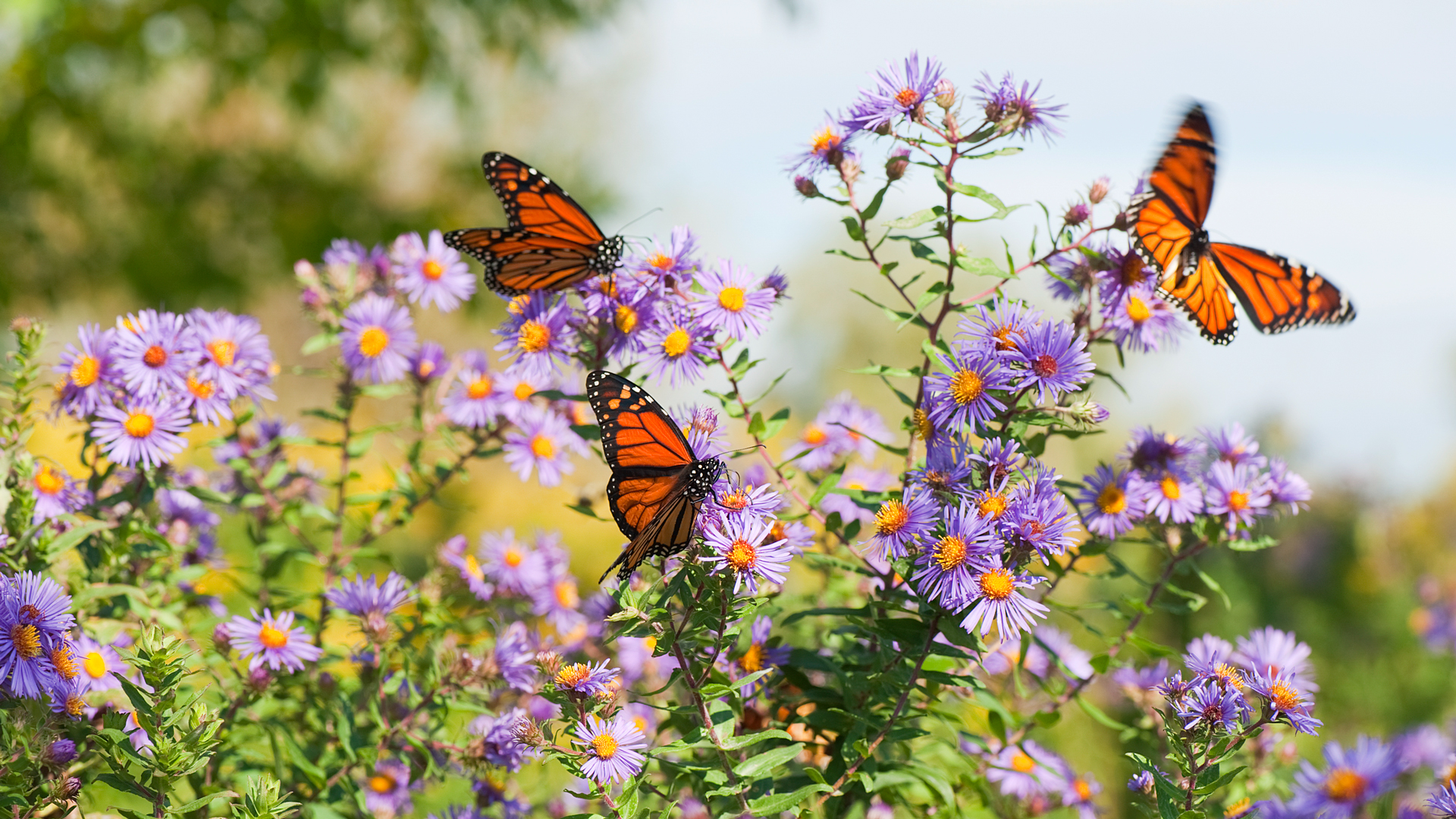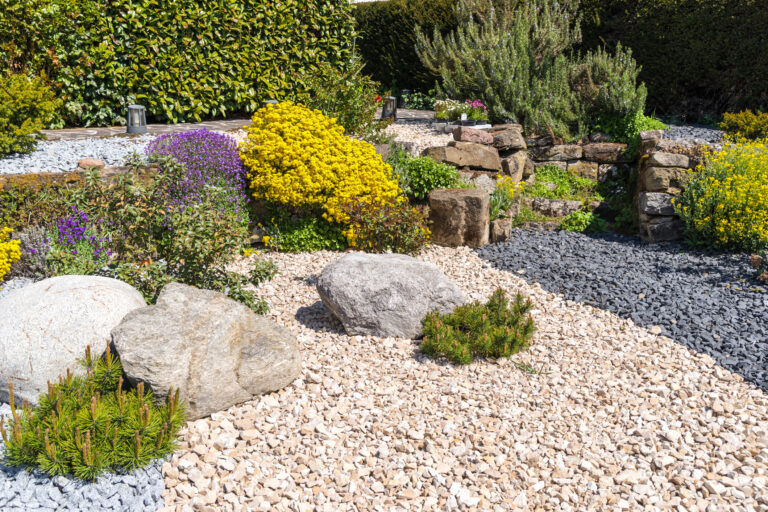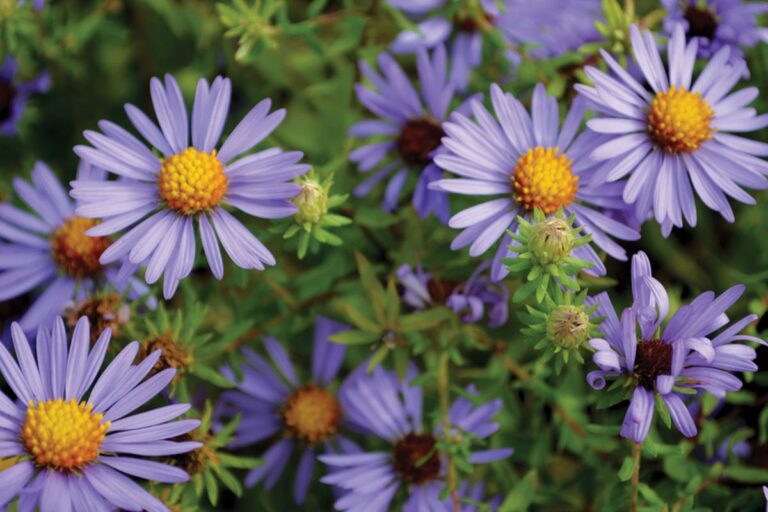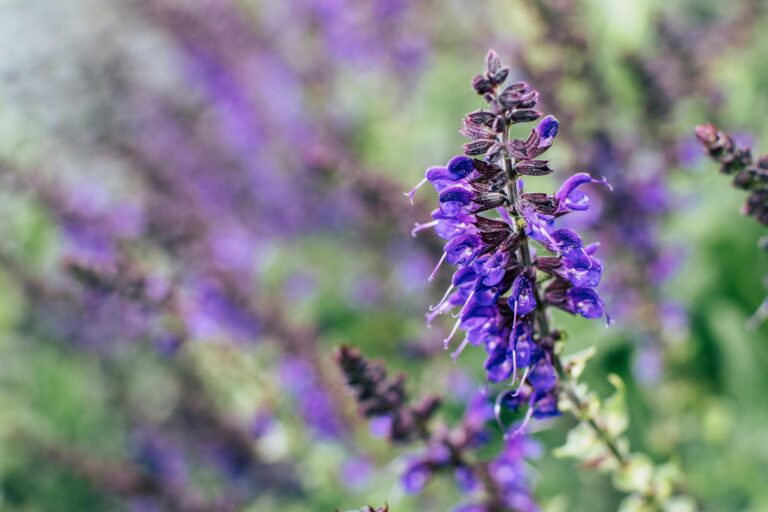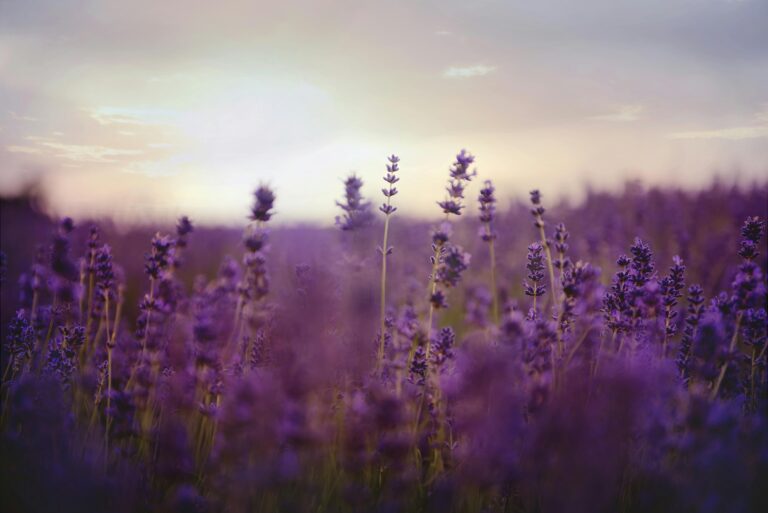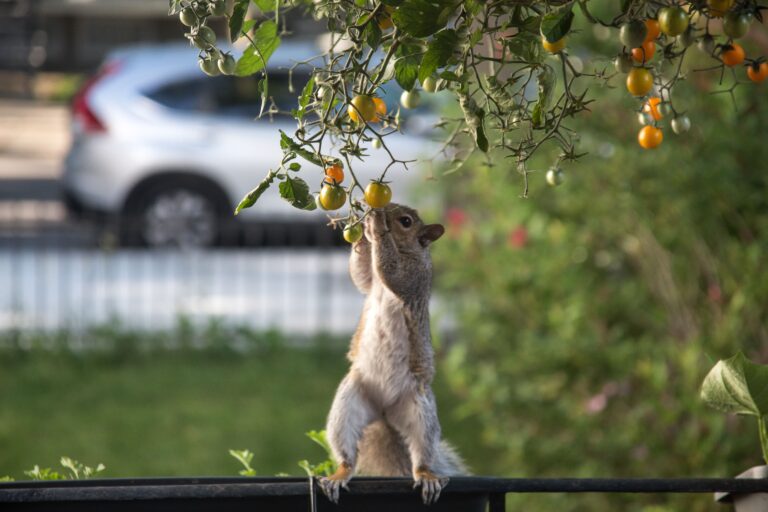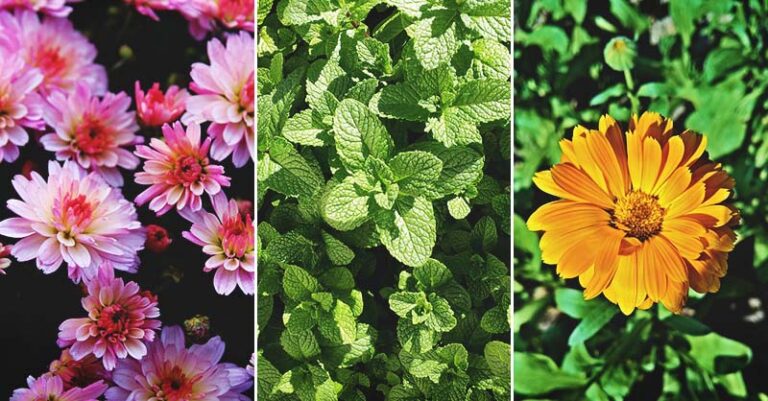5 Essential September Pollinator Garden Tasks Most Gardeners Forget
The month of September brings a vital time for pollinators because they need to get ready for both winter survival and their migration journey. The start of fall cleanup season brings special moments for gardeners to assist beneficial insects and butterflies and bees during their most vulnerable time. Pollinator conservation organizations have discovered through their research that garden practices during late seasons determine the survival of pollinators and their ability to recover in the spring.
Delay Pruning Until Spring to Protect Winter Habitats
The practice of delay pruning until spring helps protect the pollinators which choose your garden as their winter habitat. Gardeners who tidy their beds in September tend to cut perennial stems which results in the destruction of vital winter habitats. Native bees such as small carpenter bees and mason bees and leaf-cutter bees spend their winter months inside plant hollows from bee balm and coneflowers and ornamental grasses.
The 4,000 native bee species of North America include cavity-nesting insects which make up 30% of the total population and require standing plant material for their shelter needs.

The Xerces Society conducted research which showed that native bee populations increased by 40% in the following spring when gardens kept their stems upright during winter months. The stems create protective insulated spaces which shield the developing insects from environmental temperature changes and predator attacks.
The practice of perennial cutting needs to wait until spring arrives because temperatures need to stay above 50°F. The planting schedule enables pollinators to complete their life cycles before winter sets in. Stack the stems with bases facing outward to build habitat piles that serve as shelter while maintaining the required appearance for necessary upkeep.
Alternative Solutions: Bee hotels need to be placed between 3 to 6 feet high in locations that receive direct sunlight from the south. These structures should include holes ranging from 3/32 to 3/8 inches in diameter and depths of 4-6 inches to accommodate different bee species.
Plant Late-Season Nectar Sources: Fuel Migration and Winter Preparation
The month of September serves as the last chance to plant fall-blooming perennials which offer essential food resources to migrating monarch butterflies and native bees before their winter hibernation. Queen bumblebees need to store enough fat reserves throughout late summer and early fall because this fat storage enables them to survive winter dormancy thus nectar availability must remain constant for colony survival.
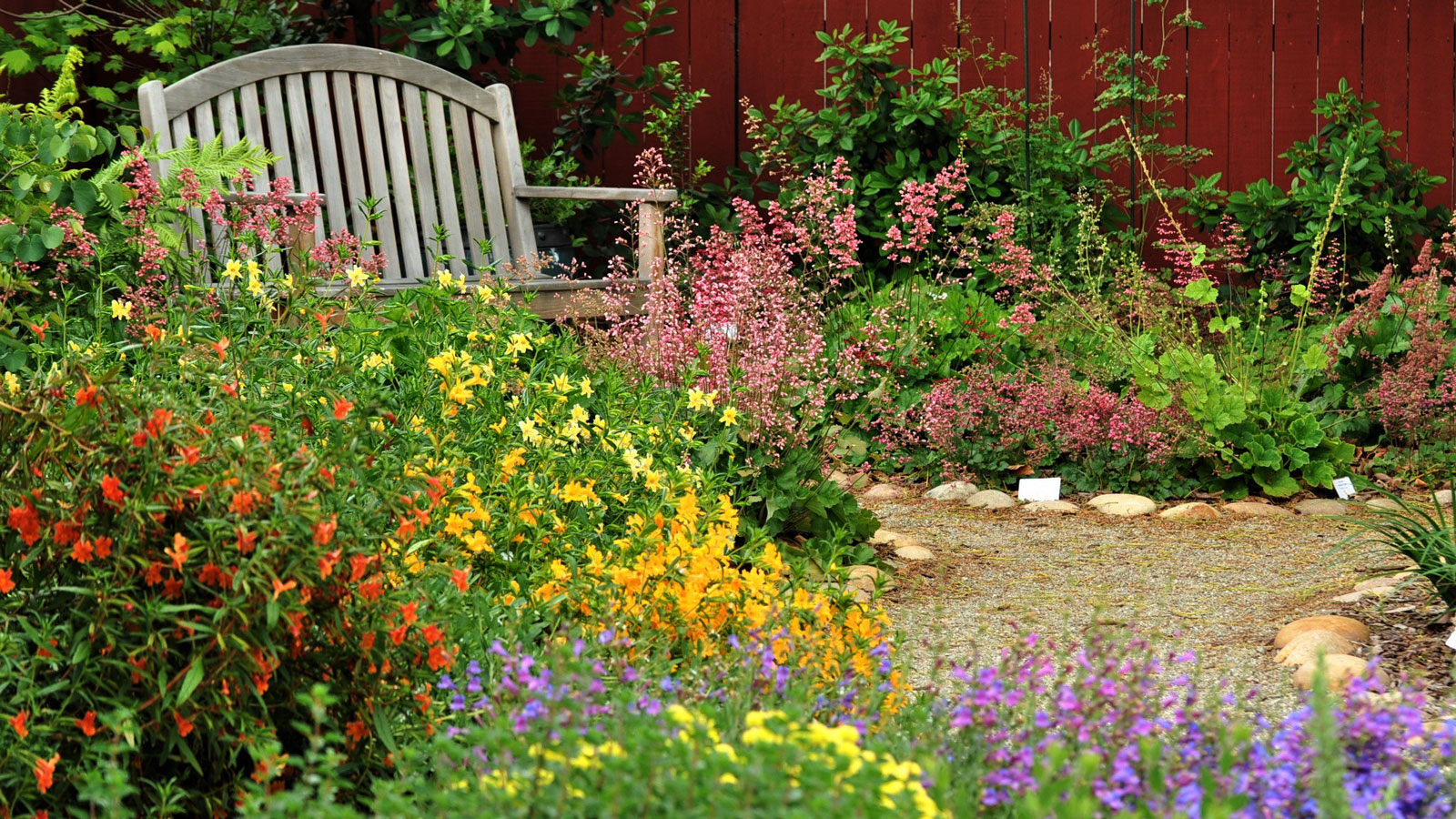
The planting of plants in September enables root development before winter freezing while giving quick access to nectar sources. Research indicates that gardens which keep flowers in bloom throughout the year support 60% more pollinator species than gardens that have regular periods of no blooming.
Recommended Native Plants:
Asters (Symphyotrichum spp.): Purple and blue varieties provide nectar through October
Goldenrods (Solidago spp.): ‘Fireworks’ rough goldenrod blooms at the end of summer to provide food for migrating monarch butterflies.
Joe-Pye weed (Eutrochium spp.): Tall perennials attractive to swallowtail butterflies
Sedum (Hylotelephium spp.): The plant Autumn Joy produces flowers which survive the initial frost of winter.
The northern climate requires gardeners to use hardy plants including New England aster and stiff goldenrod which succeed in their environment. The southern regions need to plant smooth aster and zigzag goldenrod because these species tolerate partial shade conditions.
Preserve Leaves for Natural Mulch and Insect Habitat

The yearly practice of leaf removal stands as a major unproductive practice in gardening. The natural ground cover of fallen leaves creates protective habitats for butterflies and moths and beneficial insects during winter while simultaneously enriching the soil through natural processes that commercial mulches fail to achieve. A single square yard of leaf litter may harbor thousands of overwintering insects representing dozens of species.
The decomposition of leaves leads to the soil receiving 50-80% of the nutrients which plants absorbed during their growing season thus creating a sustainable fertility cycle.
The natural mulch layer protects plant roots from cold temperatures while blocking weeds from growing and keeping the soil moist during winter months when roots need water.
The strategy for implementation requires using rakes to transfer leaves into garden beds instead of throwing them away. The mulch needs to reach 2-3 inches deep in the areas surrounding perennials and shrubs but must stay at least 6 inches away from plant stems. The area around walkways should remain clear for aesthetic purposes while excess leaves need to be moved to hidden sections of the garden.
Storm Water Management: Leaves that enter storm drains through the drainage system cause water quality deterioration and algal bloom formation. The collection of leaves from hard surfaces should be followed by their distribution to planting areas for environmental advantage instead of waterway contamination.
Maintain Water Sources for Essential Pollinator Survival

The protection of water resources becomes vital for human survival during the final months of the year. Pollinators require dependable water sources throughout September until winter to carry out their metabolic functions and digest nectar and maintain body temperature. Insects need artificial water stations to survive their essential preparation period because they lack natural water resources during winter months and dry seasons.
Bees require water that matches their body weight daily to maintain hive temperature stability and to process nectar effectively. Butterflies require mineral-rich water sources to reproduce and obtain their energy needs. The presence of accessible water sources results in an 85% boost of pollinator activity throughout maintained gardens.
The water station setup consists of shallow water sources that use plant saucers or birdbaths with pebbles, marbles or cork pieces as landing surfaces. Position stations in sunny locations protected from wind and refill them every 2-3 days to stop mosquito breeding and keep the water fresh.
Mineral Supplementation: Add a small piece of sea sponge or driftwood to provide mineral access that butterflies require for successful reproduction. Replace water sources with heated birdbaths when temperatures stay below freezing point in areas with severe winter conditions.
Avoid Tropical Milkweed to Protect Monarch Migration
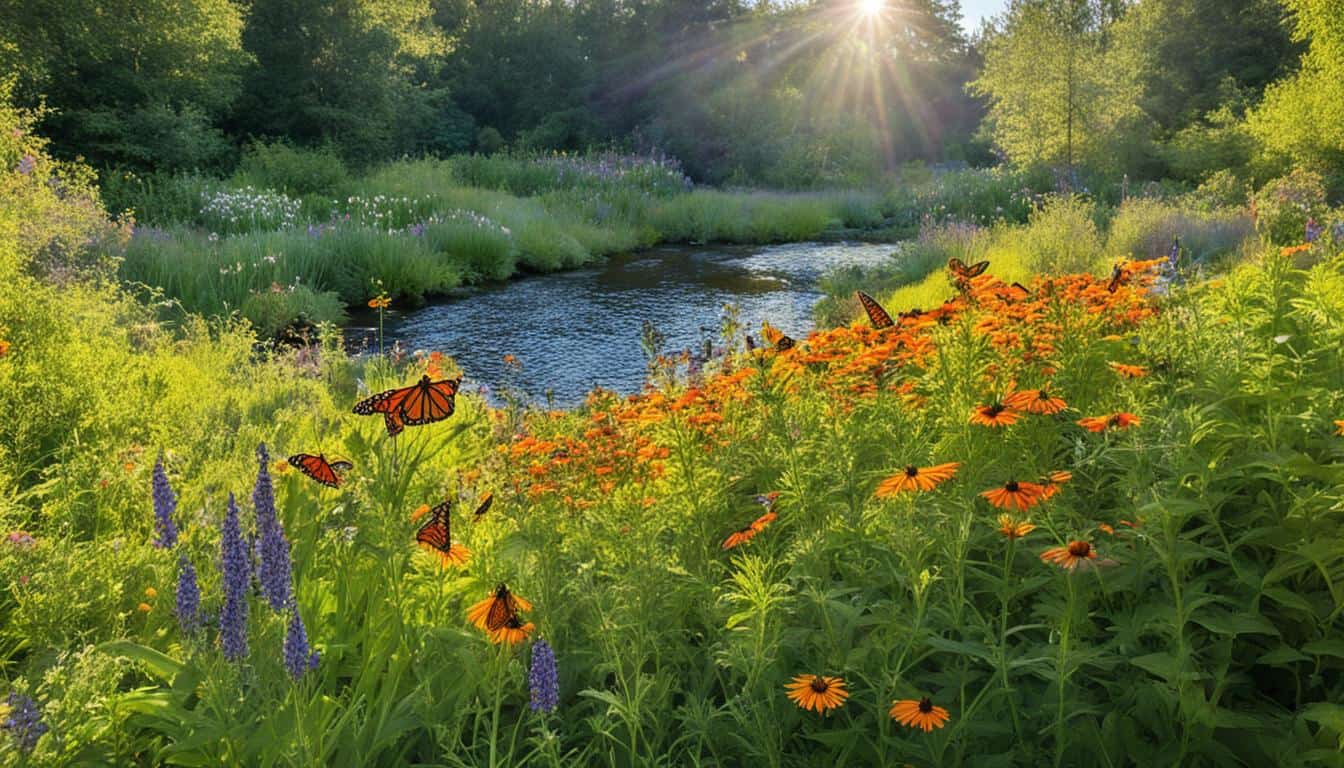
Planting milkweed helps protect monarch butterflies but tropical milkweed (Asclepias curassavica) creates major threats to their migration patterns and population well-being when introduced in September. The non-native species maintains its flowering pattern throughout winter months in regions with mild temperatures which interferes with natural migration signals and facilitates disease spread between wintering populations.
The prolonged blooming of Tropical milkweed disrupts monarch migration because it keeps the butterflies in their current location instead of following their natural migration path to the south.
Studies show that monarch butterflies which consume tropical milkweed during autumn develop 86% more Ophryocystis elektroscirrha (OE) protozoan parasite infections that impair their health and lower their ability to reproduce.
Native Alternatives:
Common milkweed (Asclepias syriaca) is a suitable choice for eastern and central areas.
Butterfly weed (Asclepias tuberosa) succeeds in dry to moist well-drained soils throughout most areas.
The wetland environment of Swamp milkweed (Asclepias incarnata) is suitable because it thrives in wet conditions and reaches its peak performance in wetland garden environments.
Showy milkweed (Asclepias speciosa): Best for western regions
Native milkweed seeds need to be collected in September for fall planting. The majority of milkweed species need to experience cold stratification which involves exposure to cool and moist conditions to successfully germinate. Planting seeds in fall naturally provides this requirement, resulting in higher germination rates compared to spring planting.
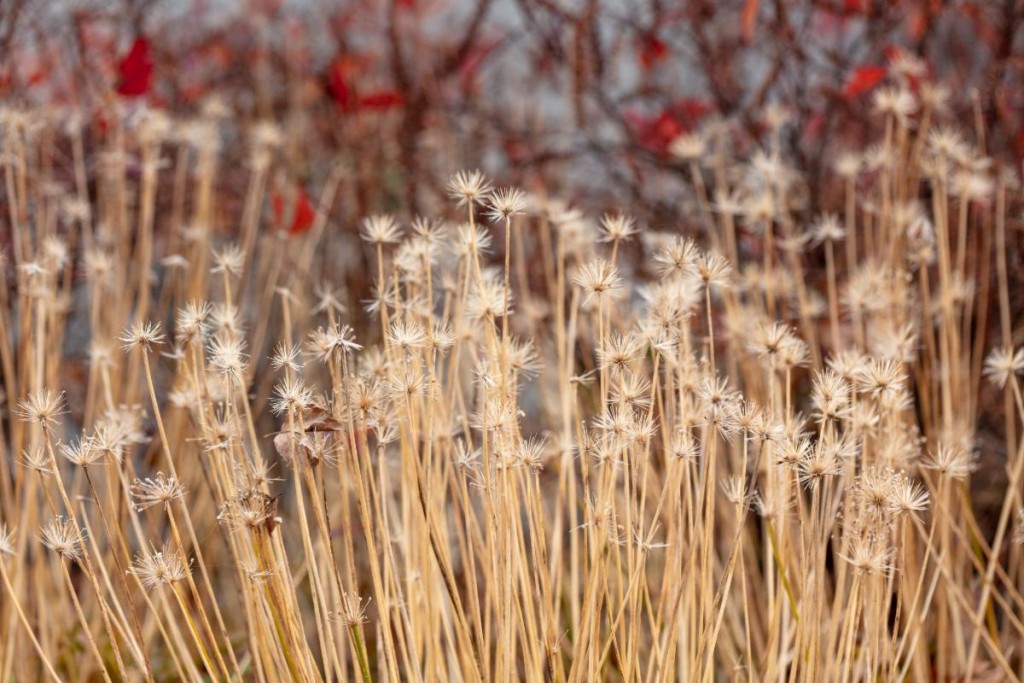
September Pollinator Garden Maintenance Schedule
The first two weeks of the project involve evaluating current plant life to select stems which will function as overwintering habitats. Start gathering leaves that have dropped to the ground for use in redistributing them to your garden areas. Install water stations near primary pollinator activity areas.
Plant native milkweed seeds together with fall-blooming perennials during weeks 3 and 4. Remove tropical milkweed if present, replacing with appropriate native species. Complete final deadheading of summer-blooming plants while preserving seedheads for bird food.
Ongoing: The water sources need to be checked for refilling every 2-3 days. Keep the leaf litter layer at a suitable depth near perennial plants. People should stay away from the soil areas where ground-nesting bees have already made their homes.
Regional Adaptations for September Success
The northern climate zones 3-5 require hardy asters and goldenrods which need to establish themselves before the first winter frost sets in. Increase leaf mulch depths to 4 inches for additional insulation. The installation of heated water sources needs to occur before mid-October.
The temperate zones (Zones 6-7) should have diverse plant species that include plants that bloom in spring and those that bloom in fall. Maintain 2-3 inch leaf mulch depths. The areas with warm microclimates require ongoing surveillance to detect and remove tropical milkweed plants.
The Southern Regions (Zones 8-9) need to choose heat-resistant late-blooming flower varieties. The watering schedule should be adjusted to reduce the number of times water is applied but still provide a steady supply. Remove all tropical milkweed plants before the start of winter migration.
Long-Term Impact on Pollinator Populations

The September practices when implemented will create lasting benefits which extend beyond individual gardening areas. The Pollinator Partnership research shows that gardens which practice pollinator-friendly fall care methods support 3-5 times more diverse pollinators than typical garden landscapes. The expanded populations of pollinators create better conditions for surrounding agricultural lands to produce more fruits and vegetables because research indicates that diverse pollinator habitats lead to 20-40% higher yields.
Local conservation initiatives achieve significant advancement through the combined efforts of individual gardens that implement pollinator-friendly September activities.
The total pollinator habitat in developed areas reaches 40% through the combination of urban and suburban gardens which need individual actions to protect species survival and ecosystem resilience.
The five essential September tasks enable gardeners to support pollinators while creating better garden performance and natural pest management that will benefit their garden throughout the upcoming growing season.

